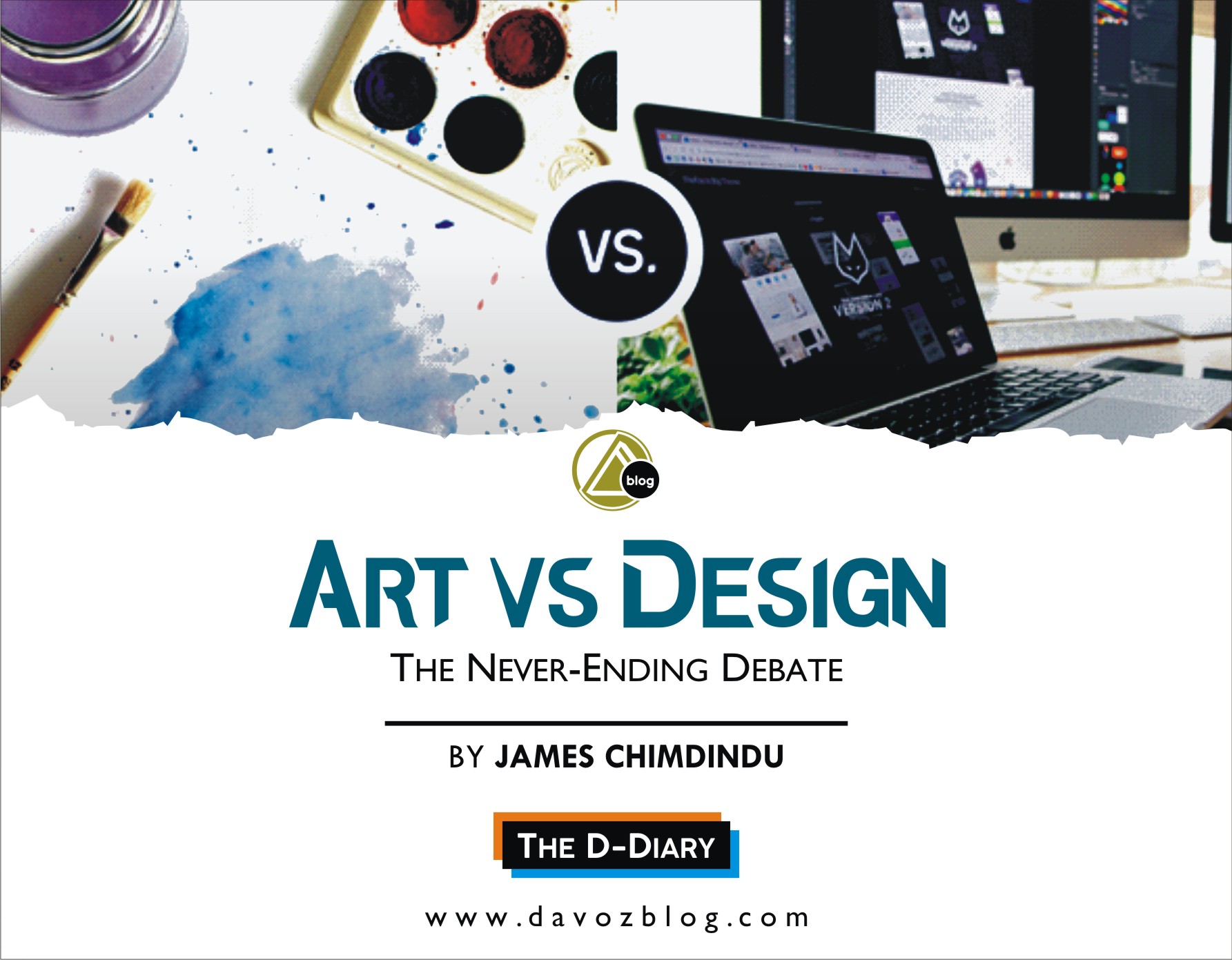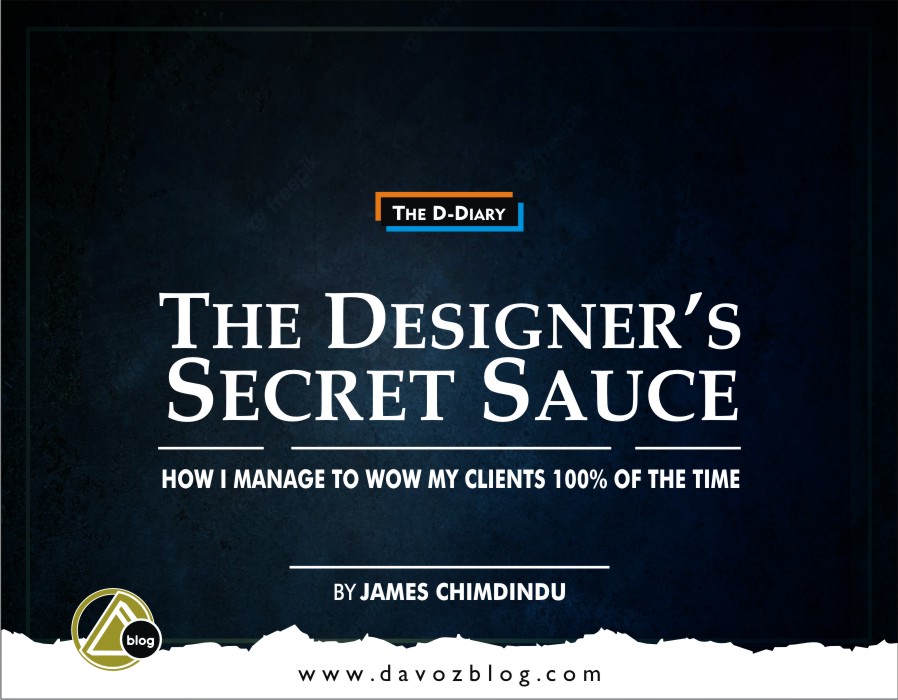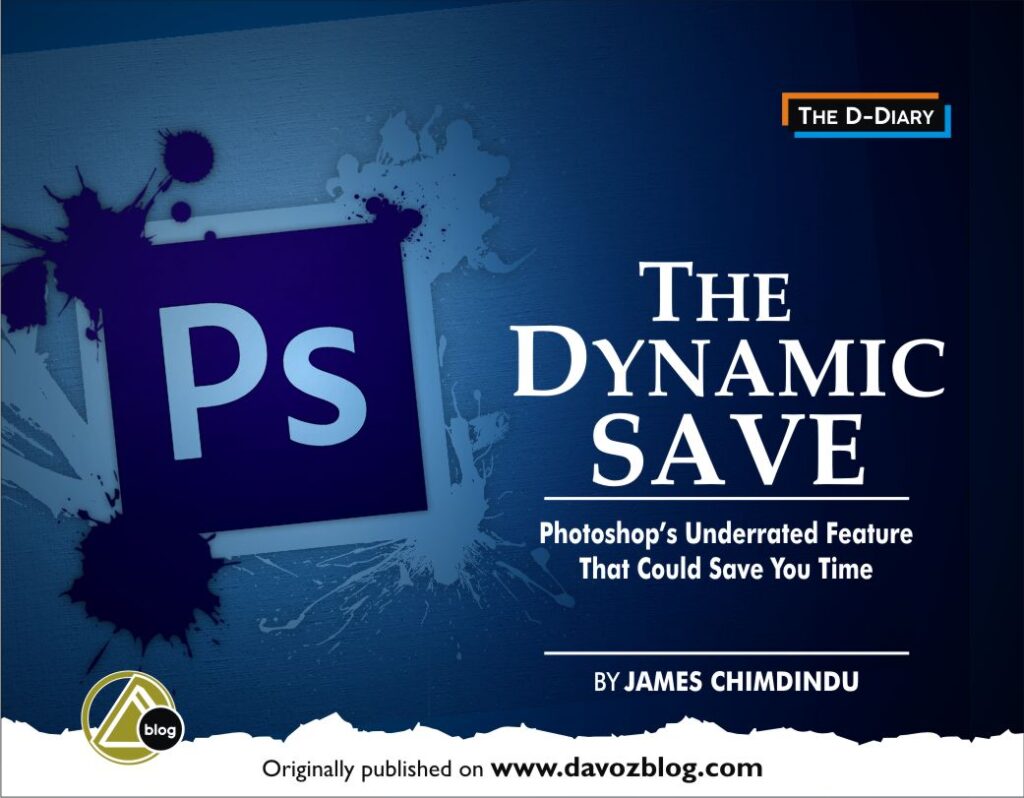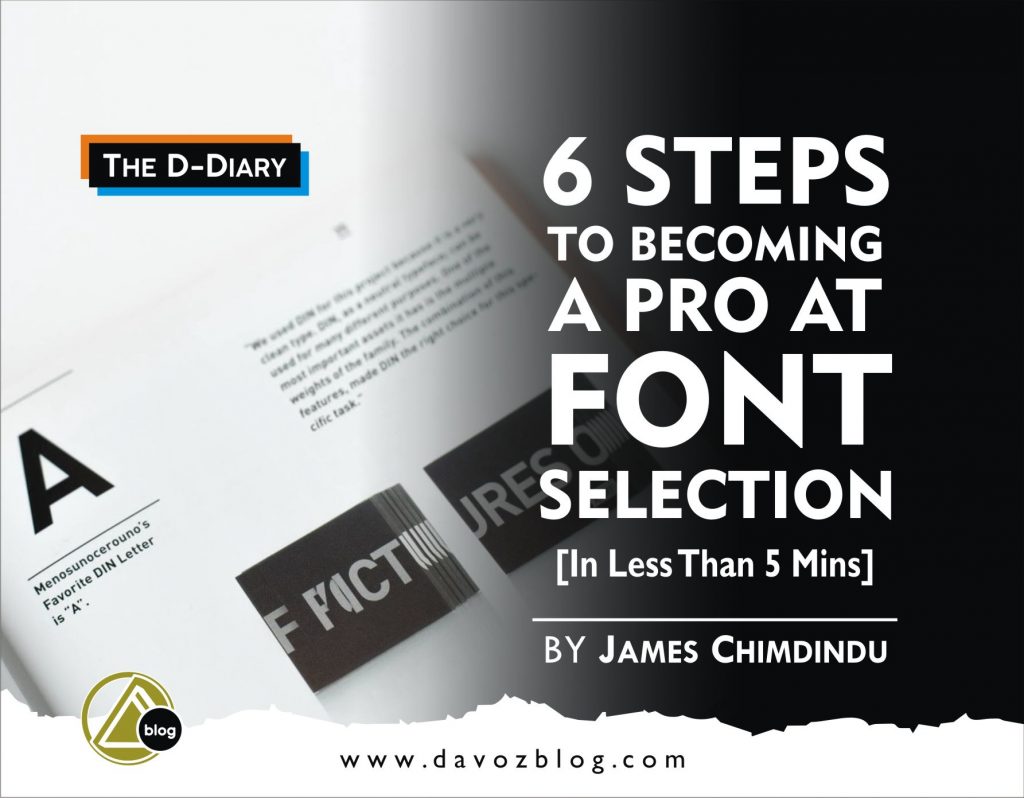The line between visual art and graphic design can be so thin that we wonder if there ever was a line. Establishing the facts, both are an expression of creativity, rely on certain visual principles (composition, color theory, etc.) and design itself might include artistic elements, but they are distinctly different fields.

Visual art involves the creation of visuals (artworks), which express the creator’s imagination and intent shaped by the materials, techniques, and forms it makes use of, as well as the ideas and feelings it creates in its viewers. Art is appreciated primarily for its beauty and emotional power.
Graphic Design, is a visual communication and problem-solving technique. It involves the creation and combination of symbols, images and text with the intent of transmitting specific messages to an audience, with specific objectives. In other words, graphic design is communication design; ideas are conveyed through visuals and design.
From the definitions presented above, it is clear that design is meant to solve a problem unlike art which is often intended to appeal to, and connect with, human emotion. While design should pass a clear message, art could mean several things to several people, race, religion or culture. If a design’s message is second-guessed or misinterpreted, the designer has failed. In simpler terms, design is OBJECTIVE while art is SUBJECTIVE.
For a designer, the brand message fuels the creativity. To an artist, anything could be a source of inspiration.
Furthermore, a designer could be an artist as well if the goal is to convey an emotion. It doesn’t work the other way though. This is because of certain principles exclusive only to design (contrast, hierarchy, layout, etc.).

WHY THE DEBATE REMAINS
- Marketing and advertising play a major role because the attention has been shifted from the product to the brand story, consumer’s emotions and aesthetics (tilting towards art in essence) so as much as we would like to differentiate the two, we should bear in mind the need to successfully pass across the message. Designers need to adopt art in this regard.
- The world is rapidly evolving, new technology and trends emerge almost every day and in order to remain relevant, designers too have evolved and design trends such as abstract futurism, anti-design, nostalgia, brutalism, retro and artistic illustration styles have been born. Artists are not excluded in this regard as the delivery media has changed.
- Insufficient data possessed by humans to suggest that art is subjective in meaning. Art itself dates back to the Late Stone Age (around 40,000 BC) and given that there was no method for data collation, the purpose of art could have been lost over time. Classifying the cave paintings found during that era as merely abstract and naturalistic can be considered improper. For all we know, art could be objective as well.
Just like Christine Alfery published in her article on the objectivity of art (https://christinealfery.com/blogs/blog/is-objectivity-in-art-possible), “If one of the truths of art is that it is filled with discovery, exploration, and the creation of ideas, (all easily identifiable, objective criteria) then art can be more than just the senses and subjectivity.”
- Artists in the past have provided tangible solutions and invention. Johannes Vermeer, a Dutch artist, used a technique undetected and undiscovered for over 350 years to create lighting and perspective distortions in his paintings that can only be seen through man-made lenses.
Also, considering the establishment that aesthetics enhances usability, it could be said then that art when employed in designs solves the problem of usability benefiting both the brand and the audience.
It is not at all clear that these words — ‘What is art?’ — express anything like a single question, to which competing answers are given, or whether philosophers proposing answers are even engaged in the same debate… The sheer variety of proposed definitions should give us pause. – Kendall Walton As a designer, the next time you get into the argument with the notion that design is not art, bla bla bla, bear this in mind: “Great design is first and foremost art.” And if you’re rejoicing as an artist that you’ve won this debate, know this too: “Good design is data-driven” and as much as design incorporates art via aesthetics, function precedes aesthetics. If you’re looking to get a definite answer from me, then you’d have to look elsewhere. My goal is not to set anyone at variance with another but to contribute my quota to this timeless debate.




Thanks for this but I’m sorry, we’re not interested now